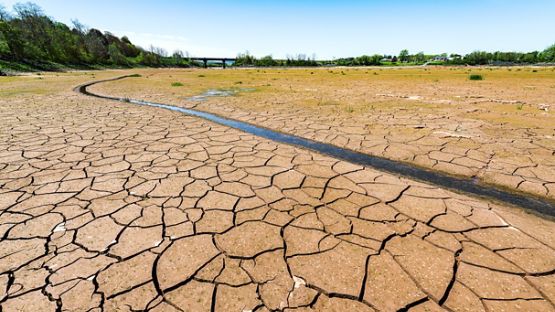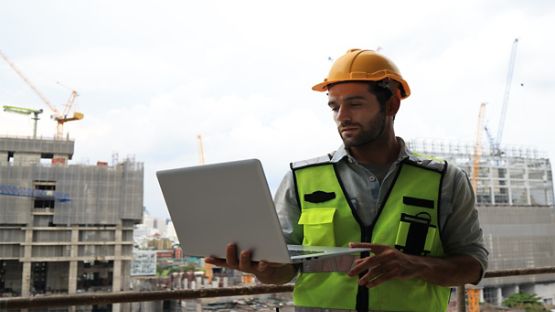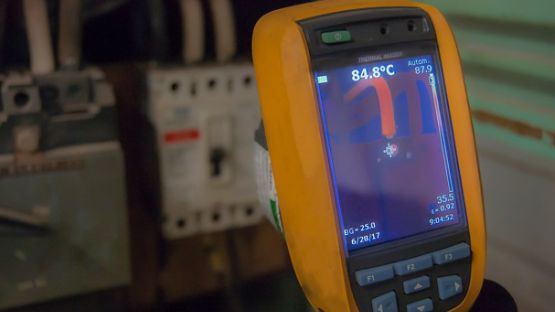Is your building or facility prepared for a power outage? With the rise in extreme weather, climate change and the increasing energy demands on electrical grids, it’s critical to have airtight and resilient procedures for when the power goes out in your building.
Proper planning for a power outage begins before an outage and continues after one has occurred to ensure the safety procedures are realistic and effective for your building.
How to prepare your building for an outage
- Identify every use of power in your building and how each would be affected in the event of a power outage. This includes everything that requires power from heating/cooling to security systems to elevators to computers. Classify them on a scale of ‘no risk’ (can withstand power interruption for an indefinite amount of time), ‘limited risk’ (can withstand a period of time from a few minutes, hours or days) to ‘essential’ (cannot tolerate a disruption of service).
- Prepare a backup power solution for each essential system or piece of equipment in the building. This may include investing in generators of varying sizes or preparing your electrical system for rental generator hookup. Ensure you have access to diesel or other fuel to run your generator for an extended period of time during power outages.
- Have a system in place to replace or rent portable transformers for electricity, if needed.
- Prepare a contact list of critical vendors who can supply you with spare parts, fuel, equipment rentals, property restoration, backup storage, etc. Consider establishing contracts with vendors to prioritize your company’s needs in a widespread emergency and guarantee support.
- Inform employees of the power outage plan and keep them updated when changes are made.
- Ensure electronics and computers are plugged into surge protectors and backed up in an off-site location.
- Establish emergency battery-powered lighting in or near exits so the building can be easily evacuated during an outage, if needed.
What to do during a power outage
- Ensure everyone on site is safe and enact your emergency plan when there is an outage.
- Confirm backup power sources automatically turned on.
- Turn off or disconnect electrical equipment that is not being powered by the generator to prevent an electrical surge when power is restored.
- If in winter, drain water pipes in the building where needed to prevent freezing and limit the opening of doors which can change the temperature.
- Conduct frequent inspections of vulnerable areas such as sump pits, heated areas with water pipes, freezers/coolers, and use various tools, such as infrared cameras, to detect potential water issues.
- Call 911 if there are any emergencies such as downed wires that could pose a hazard to pedestrians or vehicles.
What to do after a power outage
- Wait 15 minutes, then turn on the most essential equipment first.
- Ensure all equipment is working.
- Review and update the power outage plan based on the lessons learned from the most recent outage experience. If you believe you need to improve the plan, consider engaging a business interruption specialist to help develop a more robust emergency response plan.
Your power outage plan should be considered a living document for your building and property. Whether or not a power outage has occurred, review and test your power outage plan annually as buildings and operations are always changing and should be updated. Be sure to outline responsibilities and communication requirements and update the emergency plan as needed.
Want more information about planning for emergency power outages?
Aviva Risk Management Solutions has professional risk consultants across Canada who can provide expert advice and resources to help prepare your building for a power outage. Reach out to us at arms.canada@aviva.com.













